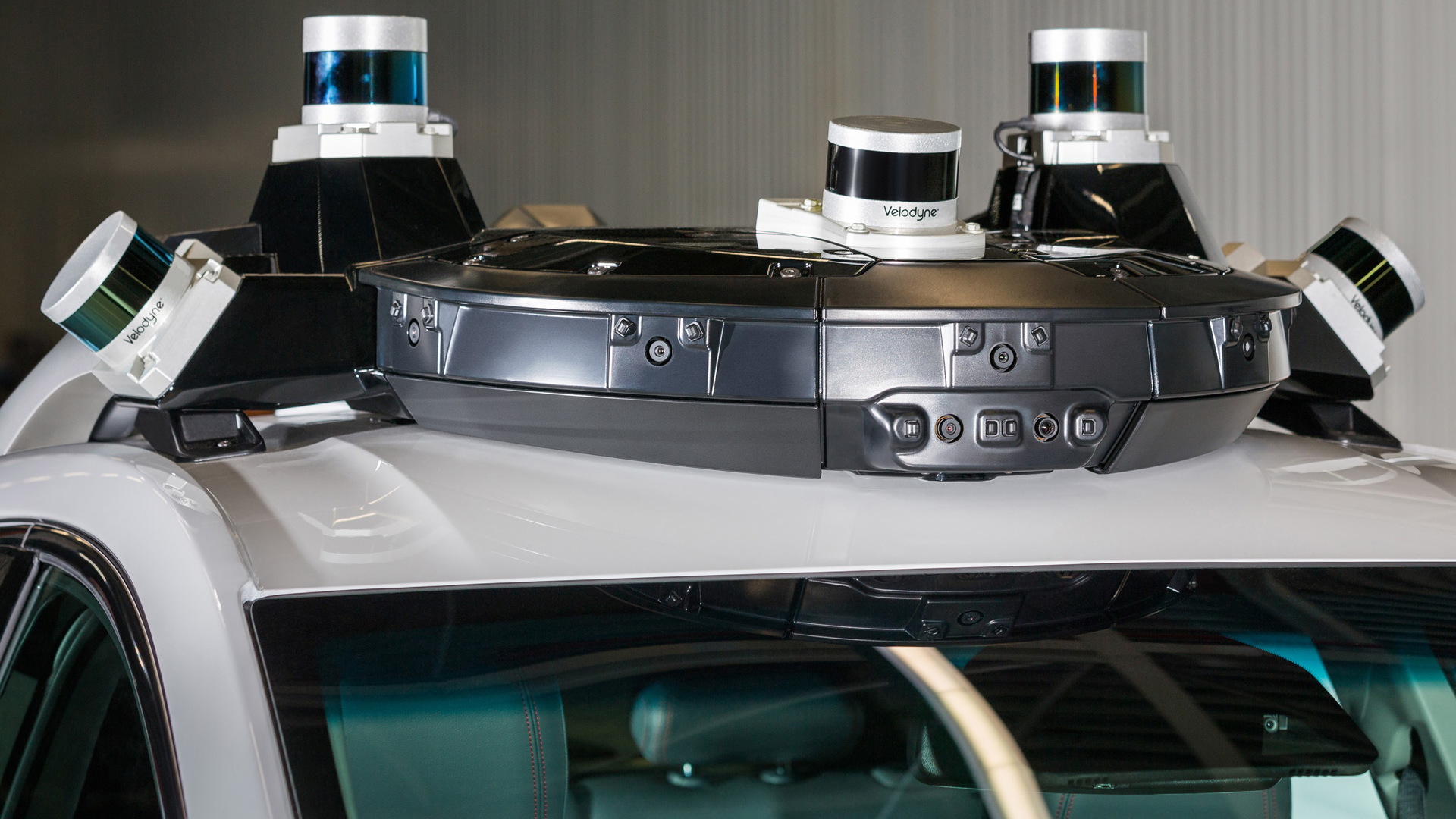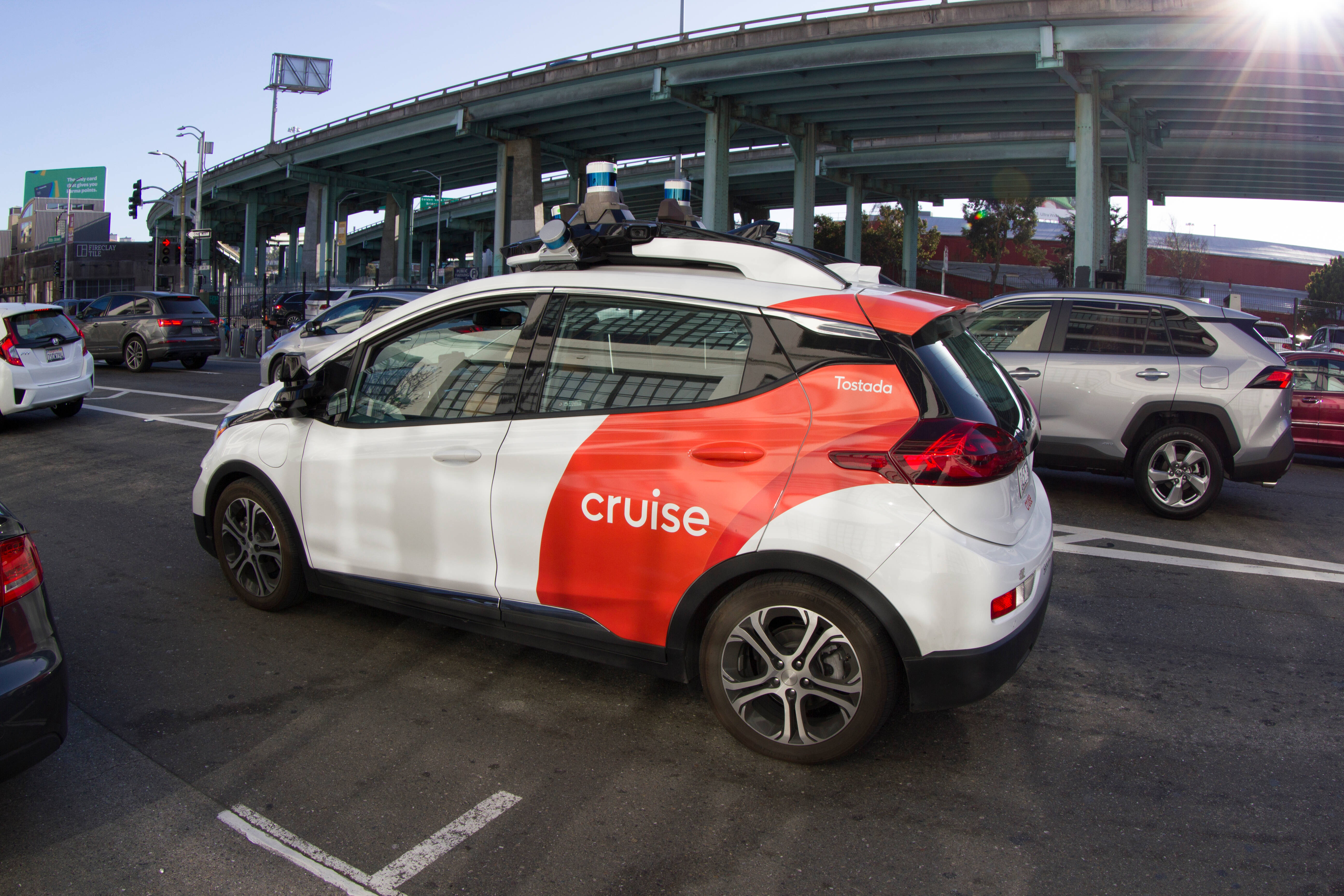Table Of Content

We believe that self-driving technology will save lives and make roads safer. Since becoming part of General Motors in March 2016,[17] Cruise has been working on developing software and hardware to make fully autonomous vehicles using modified Chevrolet Bolts. I have so many more questions — about the sensor suite, the business model, the testing (if any) that Cruise has conducted — but I’m informed that our time is done. The event is being managed by a unionized workforce, and any additional time could cost Cruise an additional $12,000.
Cruise is now testing fully driverless cars in San Francisco
Recouping those costs will be enormously challenging, and Cruise is trying to address that by building a car with more staying power than most personally owned vehicles. Prior to the accident, Cruise was planning an aggressive expansion of robotaxis outside its home market where the majority of its vehicles operated. "When there is an unreasonable risk to public safety, the DMV can immediately suspend or revoke permits," the DMV wrote in a statement. Prior to that incident, Cruise had been announcing launches in new cities — including Dallas, Houston and Miami — at a startling pace. Critics accused the company of expanding too fast and cutting corners on safety.
A new way to ride
A kid set a Waymo self-driving car on fire in San Francisco, police say - Quartz
A kid set a Waymo self-driving car on fire in San Francisco, police say.
Posted: Fri, 19 Apr 2024 14:15:03 GMT [source]
This work is done using human-driven vehicles without autonomous systems engaged, and is a critical step for validating our self-driving systems as we work towards returning to our driverless mission. This will help inform where we ultimately will resume driverless operations. Cruise, the self-driving car company affiliated with General Motors and Honda, is testing fully driverless cars, without a human safety driver behind the steering wheel, in San Francisco. The company is among the first to test its driverless vehicles in a dense, complex urban environment. Cruise has not announced when or where it will resume driverless operations. The company’s main operations were historically based in San Francisco, but Cruise lost its permits to operate there following the accident.
New paths ahead
It is a car-like shape and does car-type things, like traveling down a road with people in it. And if there isn’t another good name for it — “the property” notwithstanding — then “car” will have to do. For example, it doesn’t look like a toaster on wheels, as some autonomous “people movers” tend to do. Driverless cars run by Cruise, which is owned by GM, and Waymo, which is owned by Alphabet, have been involved in numerous mishaps in the city over the past several months. They've run red lights, rear-ended a bus and blocked crosswalks and bike paths.
But Cruise thinks its abundance of space can help minimize the friction. The not-a-car sits on the gleaming black stage surrounded by a halo of light. It’s orange and black and white, and roughly the same size as a crossover SUV, but somehow looks much larger from the outside. There is no obvious front to the vehicle, no hood, no driver or passenger side windows, no side-view mirrors. Cruise said in January that it "accepts" the conclusions found in the report. The San Francisco-based company, of which GM owns about 80%, said it will "act on all" recommendations and is "fully cooperating" with investigations by state and federal agencies following the Oct. 2 accident.
Media Services
Cruise says this sort of evasive maneuver was built into the vehicle’s software to promote safety, and is required by both California and federal regulators. Ford has said it will build an autonomous car without a steering wheel or pedals by 2021, while Waymo has begun offering a limited number of rides in fully driverless minivans to its customers in Phoenix, Arizona. Even so, Cruise isn’t the first company to build and test a self-driving car without traditional controls. In December 2016, Google stunned the world when it revealed that it had put a blind man in one of its egg-shaped autonomous test vehicles and sent him out for a short ride around Austin, Texas. Google’s Firefly vehicle, audaciously designed by YooJung Ahn, is widely considered to be the first car tested publicly without a steering wheel or pedals. Still, the company called the relaunched fleet with human drivers "a critical step for validating our self-driving systems as we work towards returning to our driverless mission."

Cruise ridehail services are not available at this time, but you can join the waitlist to be one of the first. Cruise, with Honda’s help, designed the interior of the vehicle primarily for shared rides. The screens, one on either side, will display an itinerary for picking up and dropping off each passenger, so riders know what to expect. Carpooling in the age of smartphones hasn’t exactly been the runaway success that ride-hailing companies like Uber and Lyft have hoped.
Next, we’ll validate our AV’s end-to-end performance against our rigorous safety and AV performance requirements through supervised autonomous driving on public roads, in addition to the ongoing simulation and closed course driving we do. During this phase, the Cruise vehicles will drive themselves and a safety driver is present behind the wheel to monitor and take over if needed. Remember the unsettling lack of steering wheel, break pedals, and so on? That means the Cruise’s not-car will require an exemption from the federal government’s motor vehicle safety standards.
Waymo, Cruise and Zoox Inch Forward Ahead of Tesla Joining Robotaxi Race
The Department of Motor Vehicles said on Tuesday that it was issuing the indefinite suspension because of safety issues with the vehicles. Technological issues aside, what really put Cruise in hot water late last year was its response to the incident. Regulators accused the company of withholding information about the crash, only sharing that a Cruise robotaxi ran over a pedestrian who had been flung into its path after first being struck by a human-driven vehicle. During our operational pause over the last few months, Cruise maintained ongoing and extensive testing in complex, dynamic simulated environments and on closed courses, enabling continuous retraining and improvement. Now, we are building on that work to create high-quality semantic maps and gather road information to ensure future operations meet elevated safety and performance targets.
The suspensions mark a serious setback for the driverless vehicle industry, which has faced charges of under-regulation even as Cruise and others plan to expand to new cities across the US. Cruise is still permitted to operate robotaxis in San Francisco with a human safety driver behind the wheel—which is how the company initially began to test self-driving cars in the city. The first step is identifying high fidelity location data for road features and map information like speed limits, stop signs, traffic lights, lane paint, right turn only lanes and more. Having current and accurate information will help an autonomous vehicle understand where it is and the location of certain road features. We also measure our perception and prediction systems against our elevated performance criteria, using trained safety drivers as a benchmark.
Activists in San Francisco demand governor shut down self-driving cars - NBC Bay Area
Activists in San Francisco demand governor shut down self-driving cars.
Posted: Mon, 19 Feb 2024 08:00:00 GMT [source]
Even as Cruise expanded to new cities in the second half of 2023, its robotaxis were routinely malfunctioning in cities like San Francisco and Austin, disrupting the flow of traffic, public transit and first responders. We have temporarily paused driverless service in all markets while we evaluate how to best serve our riders and the communities where we operate. Forghani, the Cruise spokesperson, says the company has shared video and other information related to the incident with the California DMV and NHTSA officials. “Our teams are currently doing an analysis to identify potential enhancements to the [autonomous vehicle]’s response to this kind of extremely rare event,” she wrote in a statement. The human driver of the vehicle that initially struck the woman has not been caught.
Cruise said its "goal is to resume driverless operations," however it did not provide a timeline for doing so. It also did not announce a timetable for expanding human-driven vehicles to other cities. The redeployed vehicles will not operate as they previously did — as robotaxis — but will "create maps and gather road information in select cities, starting in Phoenix," the company said. General Motors' Cruise self-driving vehicle unit will redeploy cars on U.S. roadways Tuesday for the first time since October, beginning with a small fleet of human-driven vehicles in Phoenix, the company said. Last week, the National Highway Traffic Safety Administration opened an investigation into Cruise citing pedestrian safety concerns. General Motors’ Cruise is redeploying robotaxis in Phoenix after nearly five months of paused operations, the company said in a blog post.

No comments:
Post a Comment